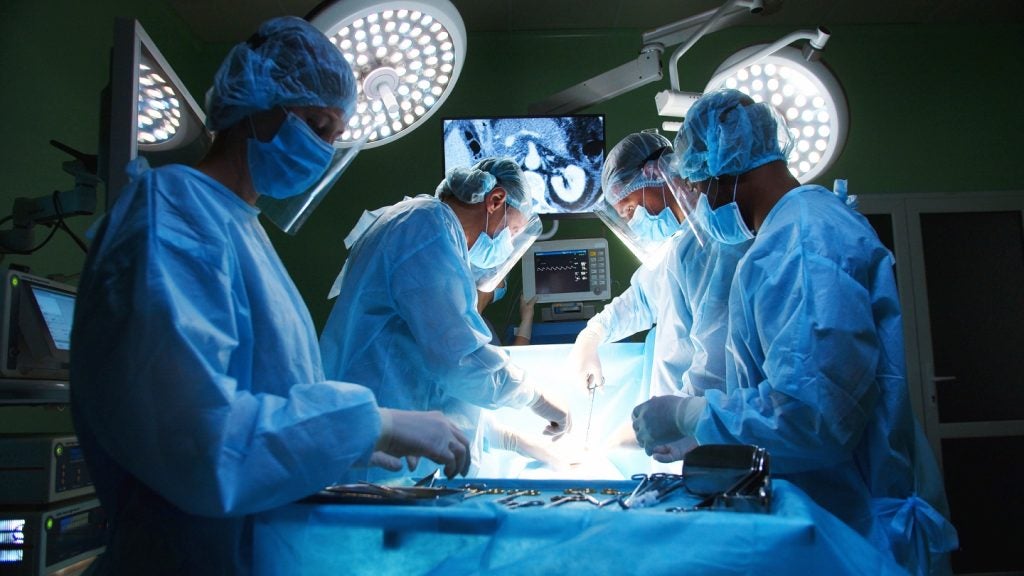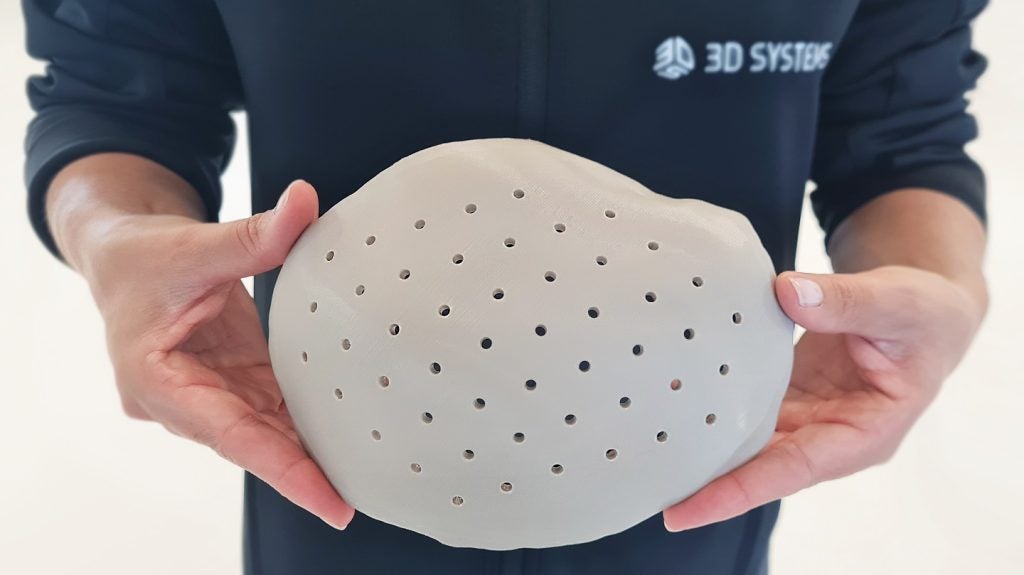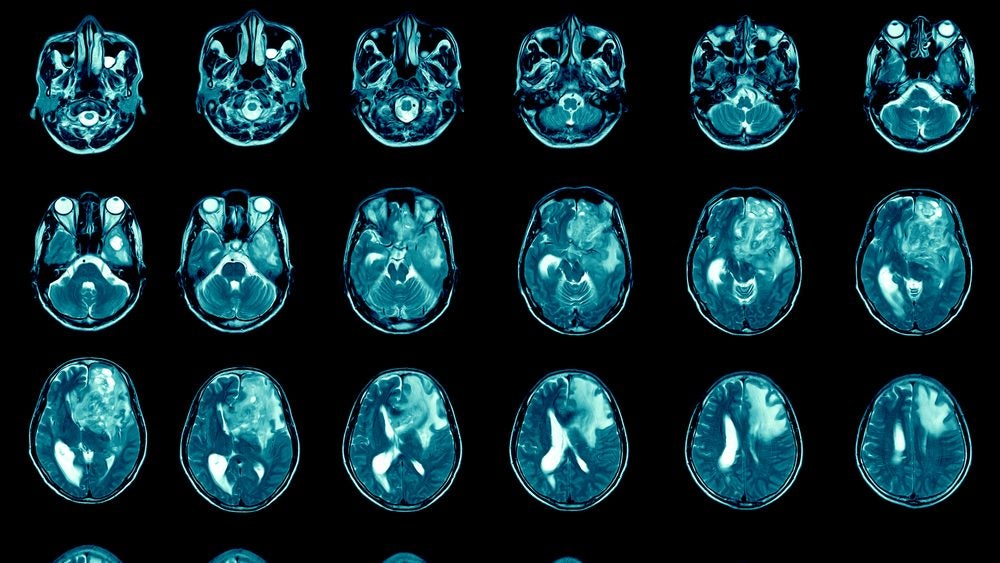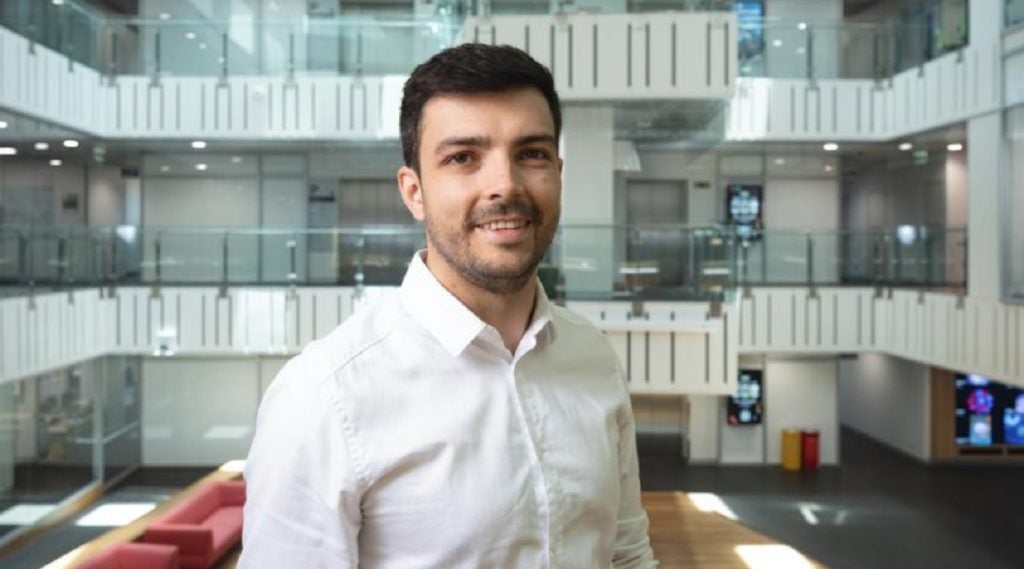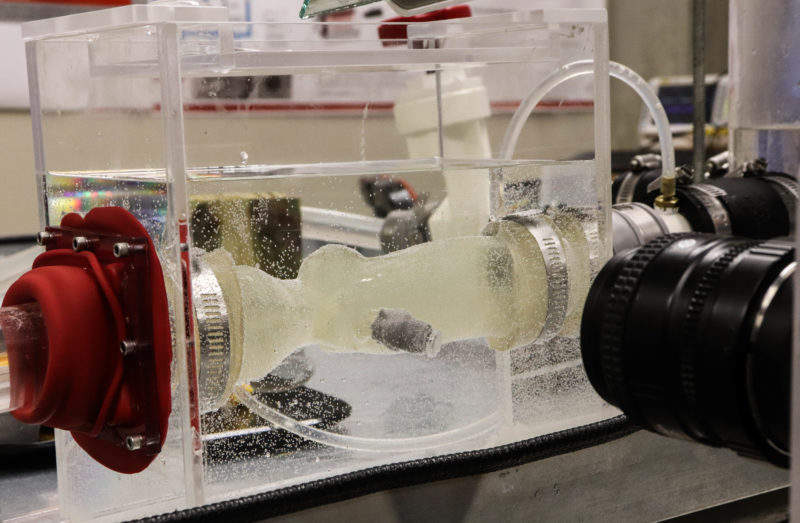
Physicians and biomedical engineers from Ohio State University are using 3D modelling and printing techniques to simulate surgical procedures and improve the quality of cardiac operations.
The scientists, from the university’s Wexner Medical Center and College of Engineering respectively, have used the techniques to treat aortic stenosis, a condition where the aortic valve in the heart stiffens over time due to calcification, and restricts blood flow to the left ventricle. The engineers used CT scans of patients’ hearts to model and print accurate models of individual hearts, using flexible materials that mimic the real aorta. The team can then test various treatments and simulate how the valve will respond.
“Using laser and high-speed camera, we can measure blood flow velocity and vortex patterns with and without a replacement valve. We can model various therapies, positions and types of valves to better understand problems such as leakage, clotting or coronary obstruction,” said associate professor of biomedical engineering and surgery in the university’s Davis Heart and Lung Research Institute Lakshmi Prasad Dasi.
“We can observe how different valves not only relieve the stenosis but also minimize the likelihood of blood clots forming on the leaflets, which is the goal of the treatment.”
The team reported that the technique enabled them to effectively treat a 78-year-old patient who needed an artificial valve. Scans revealed that their aortic root was too short to deploy a bioprosthetic valve, known as a transcatheter implantation, so the team performed open heart surgery which the patient called ‘a great success’.
“Having clinical and biomedical engineering faculty at the same table discussing individual patients makes our heart programme stronger, and there are real-life examples of patient benefit,” said Dr. Scott Lilly, interventional cardiologist and co-director of the structural heart program at Ohio State Ross Heart Hospital.
How well do you really know your competitors?
Access the most comprehensive Company Profiles on the market, powered by GlobalData. Save hours of research. Gain competitive edge.

Thank you!
Your download email will arrive shortly
Not ready to buy yet? Download a free sample
We are confident about the unique quality of our Company Profiles. However, we want you to make the most beneficial decision for your business, so we offer a free sample that you can download by submitting the below form
By GlobalData“In some cases, for example, the coronary arteries come adjacent to where the valve would be placed. Using 3D modelling we can determine whether or not to protect these blood vessel during deployment, or even whether to proceed with valve replacement at all,” he continued.
“These discussions have directly informed how we approach many valve replacement procedures.”
Looking to the future, Lilly has predicted that the team will be able to work with at least two more types of valve within two years, and Dasi is developing more durable valves reinforced with biomolecules to make future artificial valves more resilient and cost-effective.
“3D printing as well as 3D computational modelling can help anytime there are complex anatomical structures involved that are highly patient specific,” said Dasi. “As an example these techniques could be used to plan and optimize complex reconstructive surgery in children born with severe forms of heart defects.
“The natural obstacle with using physical 3D printing for optimizing individual patient’s therapy is of course time and money associated with the people working to build the models and running the experiments. However, we believe these in-vitro studies will inform our current efforts to validate computational modelling which will ultimately eliminate the need for physical 3D printing.”



